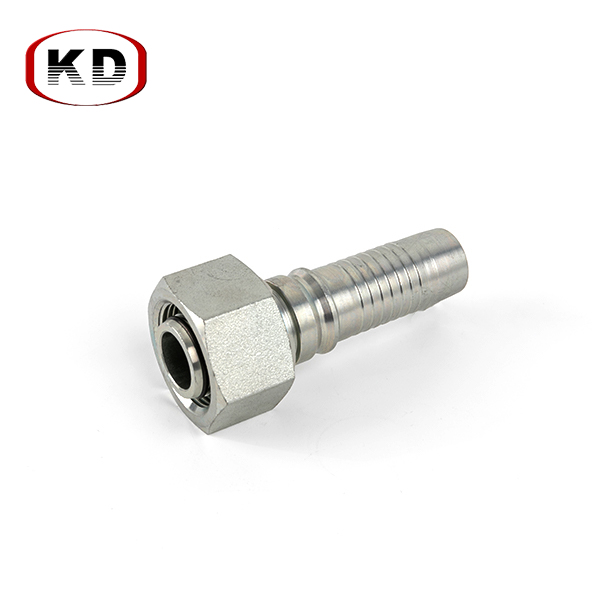Many years of foreign trade experience.
Strong production capacity, and massive stock to make sure the delivery time.
ISO quality process to make sure every piece qualifies.
One-to-one service, OEM service, provides alternative efficient solutions.

 By Admin
By Admin
Understand System Requirements: Before selecting Din 24° adapters, conduct a comprehensive assessment of the hydraulic system's operational requirements. This includes determining the expected pressure levels, flow rates, and environmental conditions such as temperature ranges and exposure to chemicals or abrasive materials. Understanding these factors ensures that the chosen Din 24° adapters can operate effectively within the specified parameters of the system. It also helps in identifying any specific requirements or constraints that may influence adapter selection, such as space limitations or compatibility with existing components.
Size and Thread Compatibility: Ensure precise matching of sizes and thread types between Din 24° adapters and other hydraulic components. This involves verifying that the adapters' thread type (e.g., metric, BSP) and size (e.g., diameter) align perfectly with those of hoses, pipes, valves, and cylinders within the system. Proper size and thread compatibility are crucial for establishing secure connections, preventing leaks, and facilitating efficient fluid flow throughout the system. It also simplifies maintenance and replacement procedures by ensuring that adapters can be easily interchanged without requiring modifications to existing components.
Pressure Ratings and Ratings Matching: Verify that the pressure ratings of Din 24° adapters are compatible with the operating pressures of other hydraulic components in the system. This includes assessing both the working pressure (maximum continuous pressure the adapter can safely withstand) and burst pressure (the maximum pressure at which the adapter will fail catastrophically). Misalignment in pressure ratings can lead to leaks, component fatigue, or even system failures under high-pressure conditions, jeopardizing operational safety and reliability. Matching pressure ratings ensures that all components operate within safe limits, enhancing overall system performance and longevity.
Material Compatibility: Assess the materials used in Din 24° adapters and ensure compatibility with those of other hydraulic components. Consider factors such as compatibility with hydraulic fluids (e.g., oils, coolants), resistance to environmental factors (e.g., temperature fluctuations, UV exposure), and corrosion resistance properties. Compatible materials prevent chemical reactions, galvanic corrosion, or premature wear that could compromise performance or shorten the lifespan of components. It also ensures that the adapters maintain structural integrity and operational efficiency throughout their service life, minimizing maintenance requirements and downtime.
Metric Female 24°Seal Low-friction Rugged Interlock Fittings
